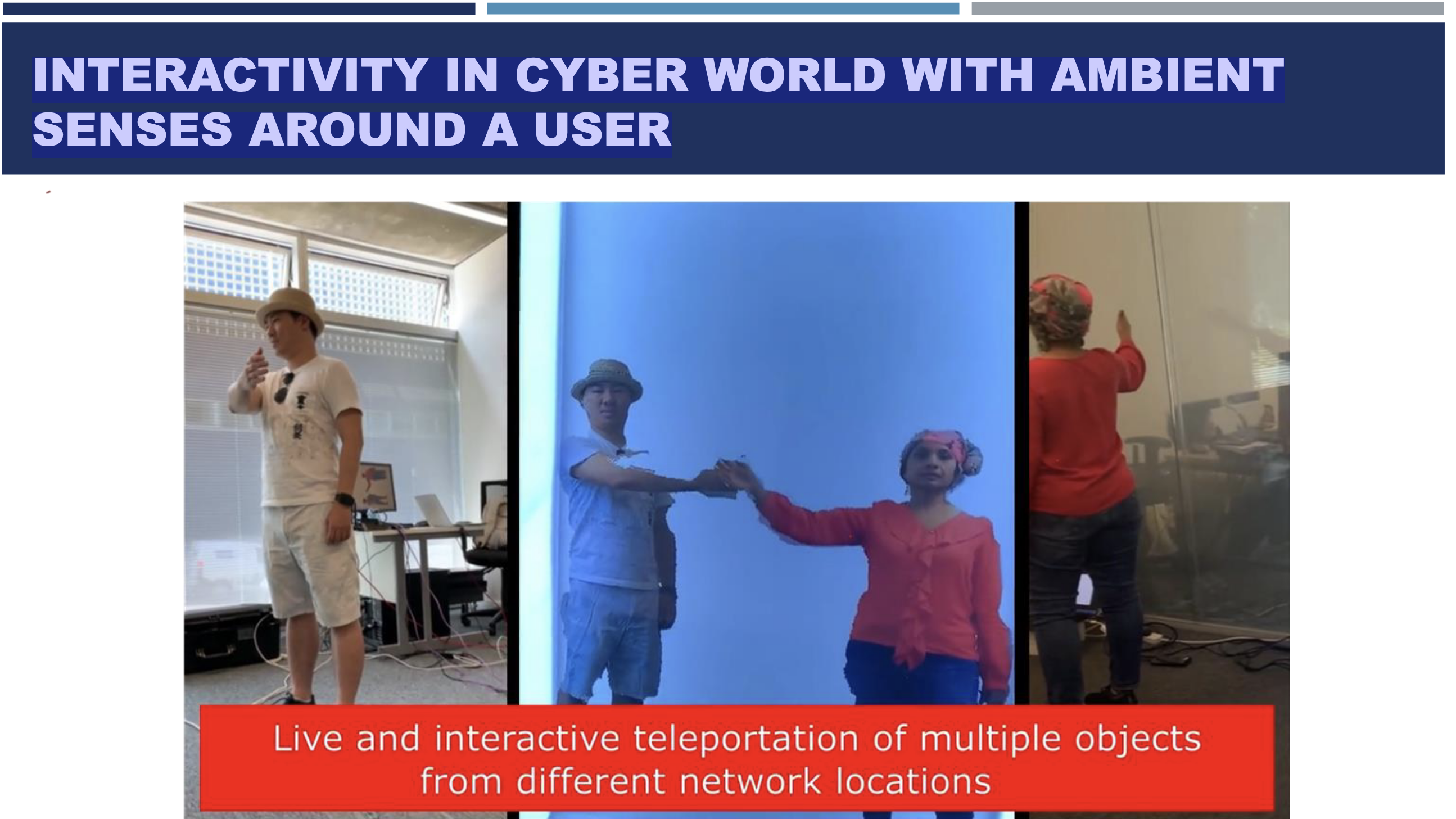We have been watching the rise of several local efforts aiming to lay out an understanding of what 6G will look like. Countries including China, South Korea, and Japan, or regions such as North America and Europe have launched their own research groups.
In June, many of these initiatives gathered at the International Telecommunication Union (ITU) to have a common conversation about 6G.
Even though the workshop “IMT for 2030 and beyond” was private to invited associations and experts, their presentations are publicly available and provide an interesting hint at what each region envisions for the next generation of mobile networks.
In this article we highlight some of the most-addressed topics and some striking, less-discussed themes that were brought out. Here’s the result:
Developing Countries’ Needs
Countries with a tradition of telecoms technology development – often the greatest economies in the world, especially in North America, Europe, and parts of Asia – have overwhelmingly had the biggest role in setting up international standards.
For example, the ITU meeting had no representatives from Latin America and only one African country presenting at the event.
However, Professor Angeliki Alexiou, the Wireless World Research Forum (WWRF) representative, stressed that “the ITU and regulators should give a central role to developing regions to set priorities in education, health provision, farming, [and] industry.”
According to her, the diversity of challenges such countries face does not allow for a “one-size-fits-all” approach to developing 6G.
“Selection of use cases and usage scenarios and their specifications will help streamline the objectives and requirements and will play more than ever before a decisive role.”
Among the concerns, the professor emphasised that many developing countries are not currently thinking about 5G.
“So it is essential that technologies selected [for 6G] can be upgraded by software and are affordable by developing countries as they migrate from 4G to beyond IMT-2020, either directly or via IMT-2020.” WWRF proposes that 6G should meet developing countries’ needs by 2030.
For India, that means hyper-localisation. “Indian demography (food, language, etc.) leads to an emphasis on ‘local and hyper local’ data/contexts,” said Satish Jamadagni, the representative for India’s Telecommunications Standards Development Society (TSDSI). “This leads us to prefer a ‘network of networks’ approach in designing 6G.”
Sustainability as an Integral Part of 6G

Green approaches and technologies are undoubtedly a hot trend. Most presentations directly addressed or at least touched upon questions of sustainability and carbon footprint.
The European initiative Hexa-X, for example, has set up KPIs to measure sustainability targets:
- Enabling carbon emissions reductions of more than 30% using 6G.
- More than 30% reduction for the Total Cost Ownership (TCO), including energy fees.
- More than 90% reduction in energy consumption per bit.
TSDSI also stressed the need to tackle social concerns such as helping bridge the digital divide, affordability, and a carbon-neutral approach.
“The Indian Prime Minister Shri Narendra Modi pledged to cut India’s carbon emissions by one billion tons by 2030. The commitment also includes meeting 50% of India’s energy requirements from renewable energy by 2030 and increasing non-fossil fuel power generation capacity to 500GW by the end of this decade. […] 6G will have to address such goals,” the presentation reads.
Non-Terrestrial Networks
Satellites have been gaining momentum in recent years. According to data gathered from the United Nations Office for Outer Space Affairs database, from 1958 to 2012 there have never been more than 78 satellite launches in a single year. In 2013, we passed 100 launches for the first time, and in 2021 that number grew to 1,722.
The High-Altitude Platform Station (HAPS) Alliance showcased how Non-Terrestrial Networks technologies in the stratosphere can be applied in future networks and how to integrate them with 6G. One of the possible requirements is ultra-wide 3D coverage.
“In addition to expanding horizontal coverage (bridge the digital divide, cover remote area, and [apply to] disaster recovery), vertical coverage is required considering the sky application use cases in the 2030s (drones, flying cars, etc.),” Shiro Fukumoto, from the HAPS Alliance, observed.
“To avoid differences in actual coverage due to shape, 3D coverage should be defined as the area consisting of radius and height where seamless connectivity is provided by a single base station,” the initiative pointed out, proposing a maximum radius of 100 km (62 miles) and a maximum height of 1 km (0.62 miles).
“While everything will be connected to the network in the 2030s, it will be difficult to solve all these challenges using only terrestrial network, and non-terrestrial networks, especially HAPS, is required.”
Video and Sensing
The digital experience was popular among speakers. University of Surrey’s Professor Rahim Tafazolli, for example, shared use cases that overlap the virtual and physical worlds, such as teleportation – which encompasses virtual reality, synchronisation, user-level sensing information – and interactivity in a cyber world with ambient senses around a user.

For those applications to run, however, the transmission technology must advance greatly. According to Tafazolli, the bandwidth needed to display a 3D image of a human is 4.62 Tbps – to give a sense of comparison, 5G’s peak data rates are expected to reach 20 Gbps, more than 200 times too slow.
Other requirements include low latency, time synchronisation, high-accuracy geolocation, and the exploration of senses – like touch, taste, and smell.
The Next G Alliance also touched on the digital experience in its presentation. “[The digital world experience] Consists of multi-sensory experiences to enable transformative forms of human collaboration, as well as human-machine and machine-machine interactions that will transform work, education, and entertainment, thereby improving quality of life and creating great economic value.”
The metaverse also had a dedicated slot, with an academic group of British universities sharing its vision of a metaverse that “will allow geographically distant participants to enjoy realistic, spatially-aware experiences that seamlessly blend virtual content in a user’s physical world and empowers billions of users to feel more connected with each other.”
Next Steps
According to HyoungJin Choi, chair of the SWG Vision – the working group responsible for developing a draft of a new ITU recommendation – a preliminary draft of “IMT Vision 2030 and Beyond” will be developed by the 44th meeting of the working group, scheduled to be held in February 2023.
That means there are four meetings remaining until the body comes to the final recommendation. The World Radiocommunication Conference 2023 (WRC-23), where 6G is also expected to be further discussed at a global level, will take place in Geneva between November 20 and December 15 next year.







